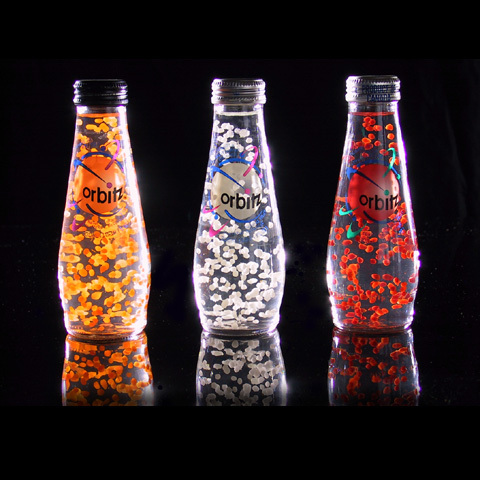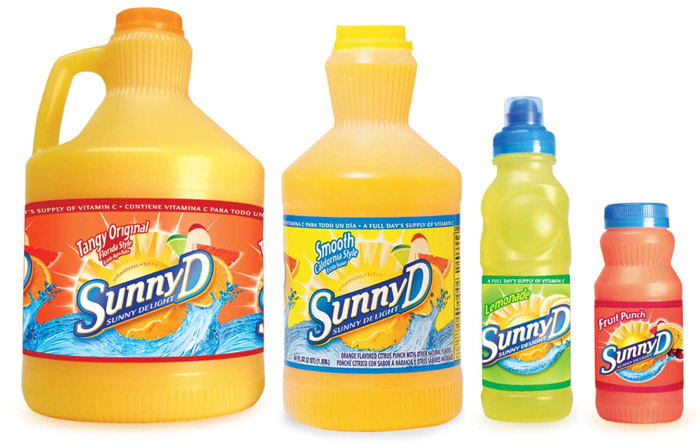
All my life, I always sort of wanted some sort of personified or anthropomorphic moral compass. You know, like a little devil or angel on the shoulder type of deal. Someone who would show me right from wrong and would tell it like it was. The problem was, I never really wanted a Jiminy Cricket.
I wanted a Jimmy Dugan.
After seeing A League of Their Own at a retro-standby drive-in movie theater in 1992, I was pretty certain that I needed someone around to tell me whether or not there was going to be any crying in baseball of if someone looked like a penis with that little hat on. Although, to be honest, even more than that I just yearned with all my being to be a Rockford Peach.
I've never played baseball, but this movie was more than enough to convince me that it could very well be my calling. Or, at least that it could have been my calling had I been a tough-talking short-skirt donning tomboy-type coming of age during the World War II era.
I've got to say, I'm not always a John Lovitz fan, but that trailer really makes it work. When he offers Kit and Dottie 75 dollars a week and they tell him they only make 30 at the dairy and he goes, "Well, then, this would be more, wouldn't it?" Brilliant. And when he asks, "Are you coming? See, how it works is, the train moves, not the station." Pure sarcastic genius. See? This film has magical powers to make everything sweet and funny and family-friendly. Aww.
But, hey, we're getting ahead of ourselves here. The movie certainly had its fair share of great one-liners, but it was more importantly an all around sweet and generally wholesome film that was fun for the whole family. A League of Their Own is a fictionalized version of the formation and run of the real-life war-era All American Girls Professional Baseball League. Following the American entry into the second World War, baseball executives feared that a lack of eligible ball-playing men would crush the immense popularity of the sport. To circumvent the anticipated windfall, they theorized that the creation of an all-women's league would be enough to sufficiently bolster their earnings in the absence of a strong male league.
They also had a pretty kick-ass victory song, which I imagine in real life featured about 100% less Madonna standing around the locker room in her bra. Oh well, sometimes we have to stretch history a bit to make it more interesting. And to enjoy Madonna's figure before it morphed into the Incredible Hulkhood of current fame, of course.
While the premise is based on the actual league, any truth-telling in this movie pretty much ends there. All of our characters are fictional (read: more interesting than real people) and unfortunately for the real Peaches, they never got to play under the coaching expertise of one Jimmy Dugan. Too bad, too, as I'm sure the real Rockford Peaches would have been far more successful if they were forced to come face to face daily with his humorous tirades.
The movie opens with the decision to form the AAGPBL and the appointment of a PR professional and talent scout to get things off the ground. Scout Ernie Capadino (John Lovitz) heads out to recruit and encounters "doll" Dottie Hinson (Geena Davis), whose good looks he's certain the league can manipulate for publicity and male fanship. She's less than thrilled at the prospect of leaving her serene married farm life, but her sister Kit's enthusiasm eventually leads to Ernie persuading them to sign on as a package deal.

With the two recruits in tow, Ernie stops to check out an outstandingly talented but less-than-comely prospect in Marla Hooch. Kit and Dottie demonstrate a good show of pre-bra burning era women solidarity by refusing to play unless Ernie picks up Marla, as well. See how heartwarming this is already? They're even taking the ugly girls. How precious.
When the group reaches tryouts in Chicago, they're lumped in with all the other recruits and are eventually picked as Peaches. Picked, get it? Okay, okay, I can see where my punniness is underappreciated, I'll move on. The three meet up with their new teammates, including wisecracking Brooklyn natives Mae Morbadito (Madonna) and Doris Murphy (Rosie O'Donnell). The girls are forced into learning proper manners and other matters of deportment to prepare for their new role as public figures. Oh, and they also are assigned some butt-baringly skimpy (well, for the time) skirts in which to play baseball. Go figure.
Here we meet the great Jimmy Dugan (Tom Hanks) a washed up alcoholic former baseball star who is less than ecstatic about his new gig coaching a gaggle of giggling girls. Things are going too stellarly at first, making the executives question their decision to form the women's league. A cutesy photo shoot with Life Magazine earns the girls some publicity, though, and they're well on their way to minor female athletic stardom. It's quite a dream come true, I imagine, to be kind of famous but totally disrespected and discredited by your fans. Really, we can only hope for such a sense of fulfillment in our own lives.
We get a peek into Jimmy's tough love coaching style and some of his personal theories on coaching, namely that there is absolutely no crying in baseball. Never. Don't you forget it.
We get some light character development around these parts, which I'll leave to your own research. The girls are working hard, building skills and working as team, though they do still seem to have quite the flair for taking advantage of their leisure time at swing bars:
Suffice it to say at this point Kit and Dottie aren't getting along too well, and they push to make Hottie Dottie a real star and trade Kit to some third-rate team. As you can imagine, she's not quite thrilled with this development. They finally meet again face to face in the final game of the women's World Series, and let's just say it ain't all that pretty. I'll try to leave out the spoilers as best I can, so just leave that final game to your wildest imaginations, hopefully supplemented with some vague recollection of the film.
The movie closes with a reunion of our girls many, many years later, sometime around the present (well, then-present) day. The Baseball Hall of Fame is opening a wing dedicated to its female players and the whole gang's back together for a brief but memorable reunion. We even get to see some of the real players (now elderly) in this scene. They're adorable, by the way.












